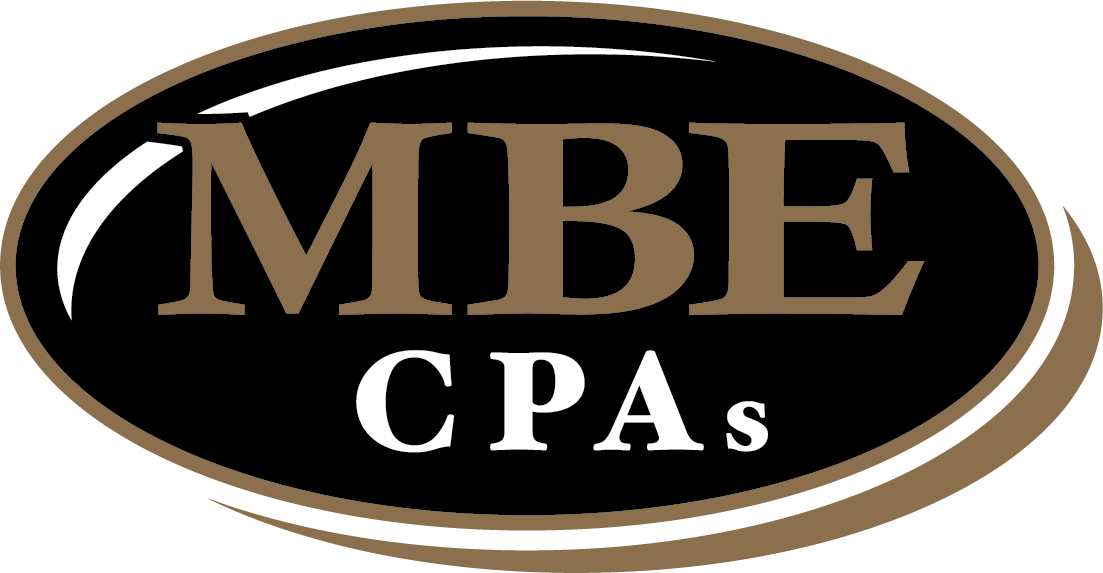Feed Smarter, Farm Better: Maximizing Feed Efficiency
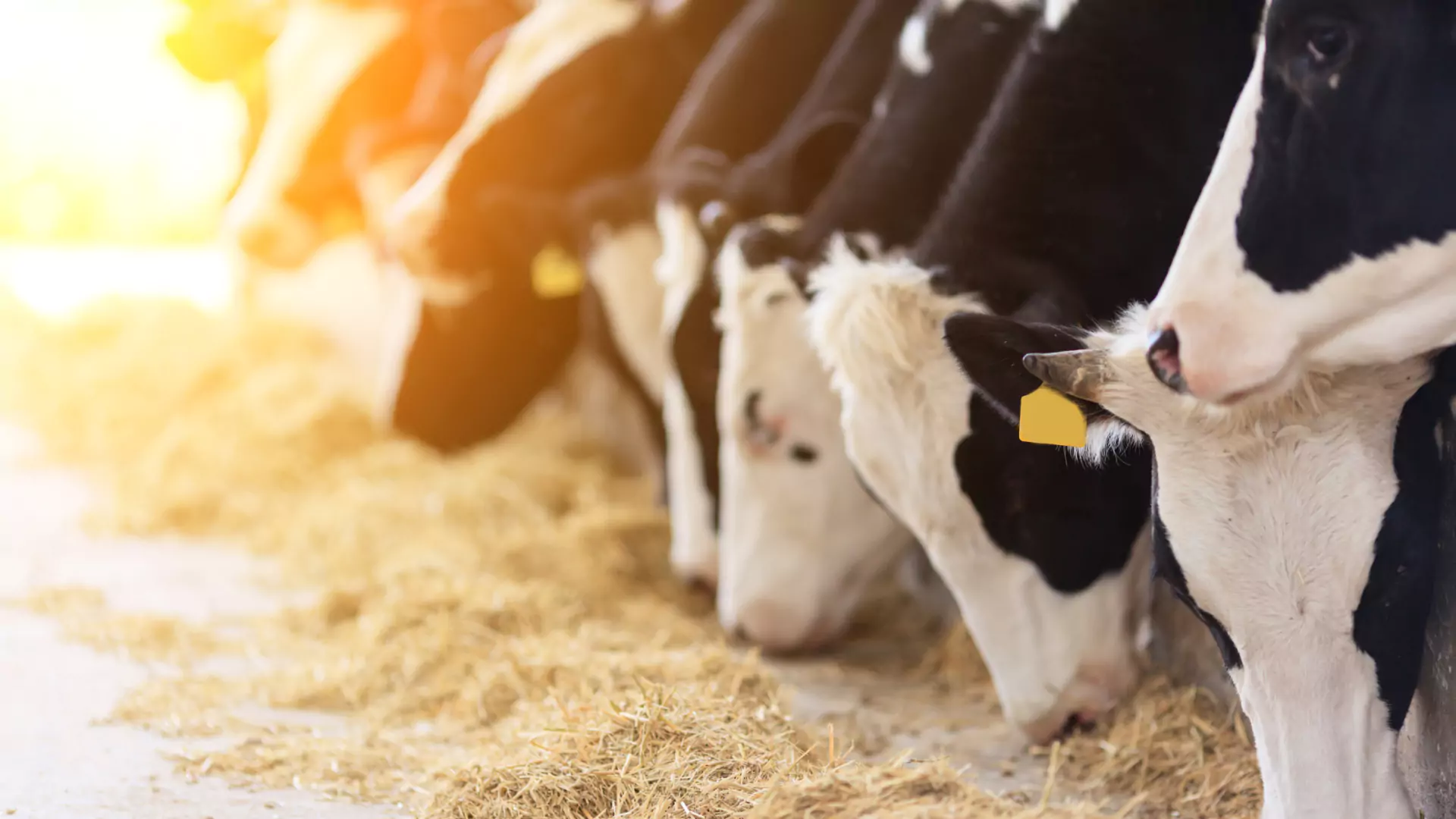
They say you are what you eat; the same goes for your livestock. However, for farm animals, it’s more like “what they eat, how much they eat, and when they eat.”
If you’re a farmer, you know that achieving maximum feed efficiency is a critical aspect of maximizing animal health and productivity. In this blog post, we’ll explore the best practices to help you make the most out of your feed and boost your farm’s productivity.
Understanding the Importance of Feed Efficiency in Farming
Feed efficiency is all about getting the most out of the feed you provide to your animals. The higher the feed efficiency, the more you can maximize your farm’s output while minimizing costs. The feed conversion ratio (FCR) is a key metric used to evaluate feed efficiency. It measures the amount of feed required to produce a specific unit of output, such as weight gain or milk production. By calculating and monitoring FCR, you can understand how effectively your animals convert feed into productive output and identify areas for improvement.
A more efficient feed management system requires less feed to produce the same output. By reducing the amount of feed and other inputs needed to reach a particular result, farmers can lower their production costs and increase their profit margins. Ideally, achieving a feed efficiency of one, where the amount of feed input equals the output, would be ideal. However, attaining such perfect efficiency may not always be realistic. In practice, a more appropriate range for feed efficiency in cows would be between 1.2 and 1.8. This range considers factors such as lactation and the number of days in milk, allowing for a more accurate benchmark.
Also, efficient feed usage helps lessen the demand for conventional feed sources, such as soy, corn, and other grains. This minimizes pressure on natural habitats and reduces the environmental impact of industrial feed crop production. Additionally, proper waste management reduces greenhouse gas emissions and other pollutants associated with the farming industry.
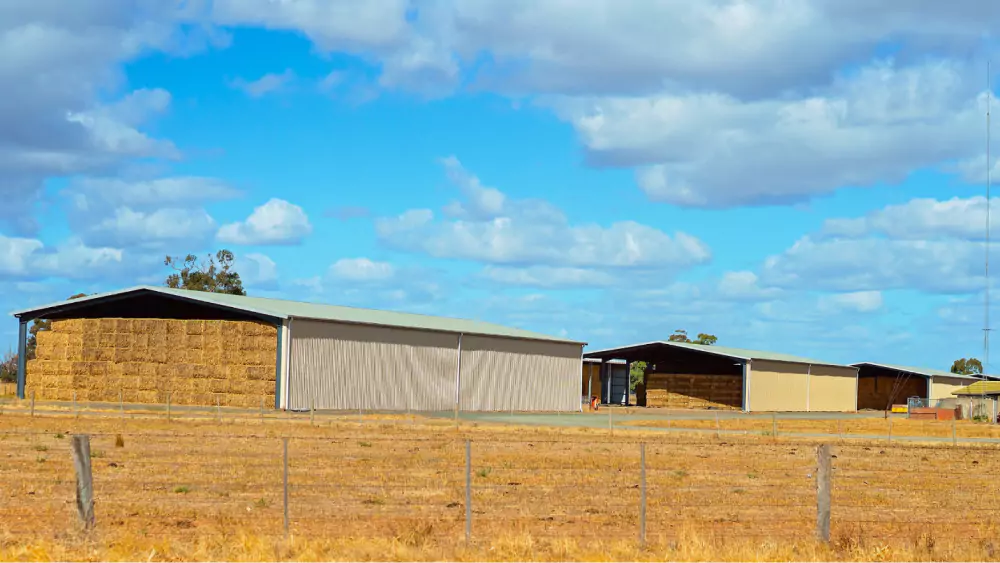
Any reductions in waste and optimized feed usage will lead to healthier and more productive animals. When animals are fed efficiently, they are less likely to suffer from gastrointestinal discomfort or malnutrition, leading to better nutrition outcomes and even good growth. It also decreases the risk of digestive problems that can lead to illness and injury.
Ultimately, these practices can improve animal well-being, reduce the need for antibiotics or other interventions, and increase the sustainability of animal production. However, accessing the necessary capital to develop a more efficient feed management system can be challenging for farmers. Fortunately, new financing options are available for sustainable farming practices. These financing options recognize the importance of investing in sustainable agricultural practices. They can provide the necessary capital to implement efficient feed management systems.
Steps to Evaluating Your Current Feed Management Practices
Assessing your current feed management practices is the first step in improving feed efficiency. By doing so, you gain insights into how effectively you are utilizing feed resources and identify opportunities for improvement.
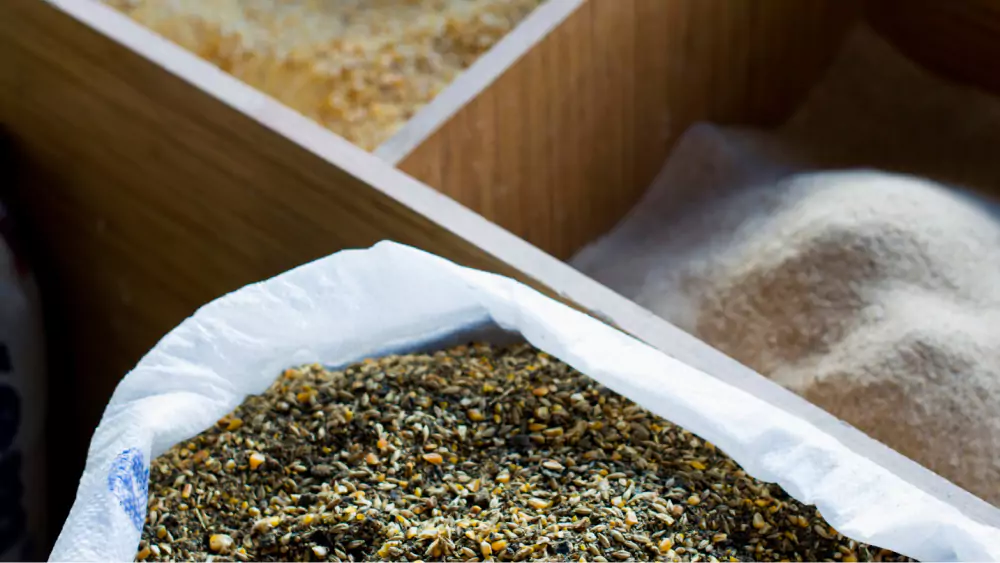
Step 1:
Start by evaluating how effectively your animals are utilizing the feed provided to them. Factors to consider include feed intake, growth or production rates, and overall animal health. Keep track of the amount of feed consumed by each animal and compare it to their growth or production output. Assess whether the feed composition and nutrient levels meet the specific requirements of your animals. This analysis will provide insights into the efficiency of feed utilization and help identify any potential issues.
Step 2:
Calculate and monitor your farm’s FCR. This metric measures the amount of feed required to produce a unit of output, such as weight gain or milk production. A lower FCR indicates better feed efficiency. Compare your FCR to industry benchmarks to determine how your farm’s feed efficiency performance stacks up. If your FCR is higher than desired, it may indicate excessive feed wastage or suboptimal nutrition.
Step 3:
Step 4:
Reviewing your feed storage and handling practices is vital. Studies reveal that a significant portion, up to 45%, of grown and purchased feed inputs are lost or underutilized throughout the feed process. These losses occur at various stages, starting from the field, storage, feed-out, and even inside the animal.
Ensure feed is stored in appropriate facilities and conditions to maintain quality and prevent spoilage or contamination. Evaluate the handling procedures to minimize feed wastage during feeding and transportation.
Step 5:
Implementing Best Practices to Maximize Feed Efficiency on Your Farm
1. Select the Right Feed for Your Livestock
Selecting the suitable feed is crucial for promoting optimal animal nutrition and maximizing feed efficiency. Ensure that the feed formula aligns with the specific dietary needs of your animals. Analyze various feed options’ protein, energy, fiber, vitamin, and mineral content to determine the best feed for your livestock. Consider the sourcing and quality of feed ingredients to ensure optimal feed efficiency.
Balanced feed formulas can help reduce nutrient wastage and promote consistent livestock growth and production. This precision targeting of the animal’s nutritional needs can allow producers to see cost savings, reduce production costs, and improve efficiency.
2. Implement Proper Feeding Techniques and Protocols
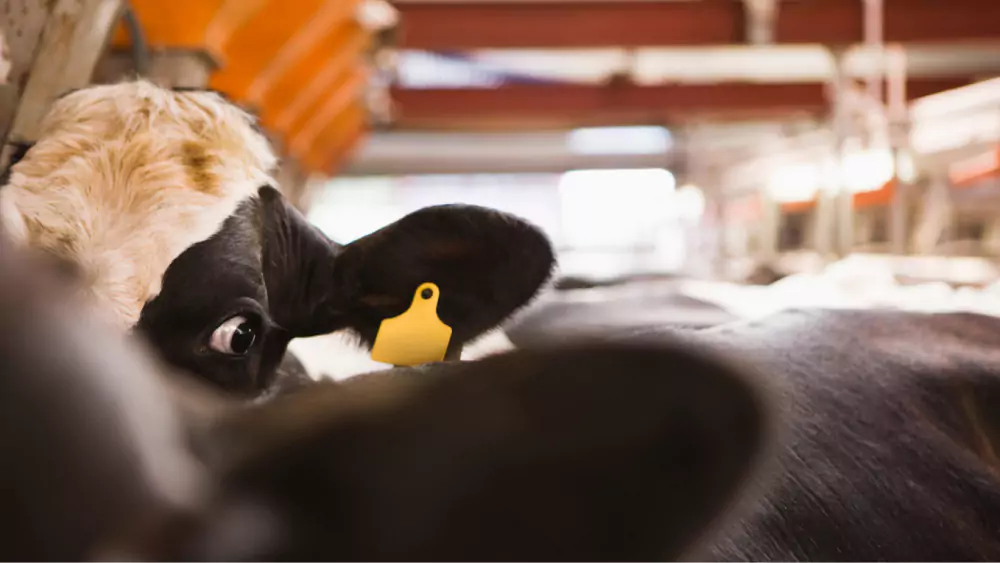
3. Incorporate Technology Solutions to Optimize Feed Efficiency
Leveraging technology can promote more precise and efficient feeding. Automated feeding systems and other precision feeding equipment reduce human error for improved efficiency in feed dosage. Technologies such as RFID cattle tags may help improve the efficiency of monitoring feeding times and health concerns, allowing for early detection of feed scarcity or other disease events in cattle.
4. Manage Waste and By-Products Effectively
5. Educate Farm Staff on Best Practices for Maximizing Feed Efficiency
Ensure that your workforce is well-trained on best practices for feed management. Encourage staff to identify opportunities for improvement and suggest new ideas. When everyone understands the goals and knows how to do their part, the likelihood of effective implementation increases significantly.
Achieving Sustainable Farming through Efficient Feed Management

By partnering with MBE CPAs, you’ll gain specialized guidance on feed efficiency and other sustainable farming practices. Contact us today and see how you can take the first steps toward reducing production costs, optimizing animal health, and promoting sustainability in your operations.
Our marketing affiliate and contributor, Brand House Marketing, wrote this article. Reach out to them for creative and custom-tailored marketing solutions for your company.
